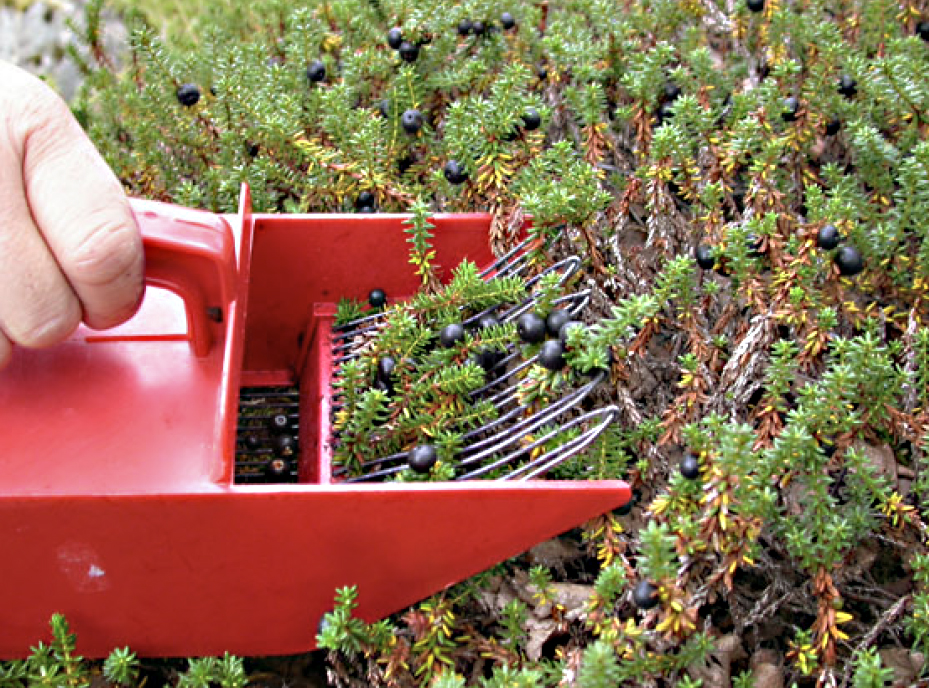Occasionally I read a journal article and my first response is “Really?” “Why in the world would somebody do that?” This is one such article. These researchers took cloudberry, lingonberry and stone berry (a type of raspberry) tissues and put them into test tubes. This process called tissue or cell culture takes living tissues, puts them into a test tube, adds a cocktail of nutrients and hormones so that the cells divide, and the result is a mass of actively dividing cells that will grow into large blobs of cells. As long as the nutrients and hormone levels are maintained, the cells will divide and divide.
Many years ago, when I was a grad student in Minnesota, other students were working on these cell cultures to see if the mass of cells in the test tubes could be used to harvest large quantities of useful chemicals, pharmaceuticals, bio pesticides and more. Rather than growing the whole plant such as the chrysanthemum-type flower that is the source of the pesticide pyrethrum, you could farm the cells and harvest the pyrethrum from the masses of cells.
Well this study takes cell farming to a new level. You are making masses of cells in a test tube so you can eat them! Rather than enjoying the trek into the woods, filling your bucket full of luscious berries, taking them home, filling your kitchen with the incredible aroma of lingonberry syrup, and then enjoying the fruits of your labor on a pile of pancakes, you will scoop out a mass of pinkish cells from a test tube, and eat them –– not sure how you prepare them. The fresh cells have a “sandy, grainy” texture. Yum!
The research was completed because of the claim that we will be running out of food on this planet because of increased population growth. Using current technology of farming, we will not have enough to feed the world. The solution is cell farming!
My opinion? I’d rather eat sawdust!
Plant cells as food – A concept taking shape (Berry cultures)
Emilia Nordlund, Martina Lille, Pia Silventoinen, Heli Nygren, Tuulikki Seppänen-Laakso, Atte Mikkelson, Anna-Marja Aura, Raija-Liisa Heiniö, Liisa Nohynek, Riitta Puupponen-Pimiä, Heiko Rischer, Food Research International Volume 107, May 2018, Pages 297–305
Abstract
Plant cell cultures from cloudberry, lingonberry and stoneberry were studied in terms of their nutritional properties as food. Carbohydrate, lipid and protein composition, in vitro protein digestibility and sensory properties were investigated. Dietary fibre content varied between 21.2 and 36.7%, starch content between 0.3 and 1.3% and free sugar content between 17.6 and 33.6%. Glucose and fructose were the most abundant sugars. High protein contents between 13.7 and 18.9% were recorded and all samples had a balanced amino acid profile. In vitro protein digestion assay showed hydrolysis by digestive enzymes in fresh cells but only limited hydrolysis in freeze-dried samples. The lipid analysis indicated that the berry cells were rich sources of essential, polyunsaturated fatty acids. In sensory evaluation, all fresh berry cells showed fresh odour and flavour. Fresh cell cultures displayed a rather sandy, coarse mouthfeel, whereas freeze-dried cells melted quickly in the mouth. All in all the potential of plant cells as food was confirmed.




